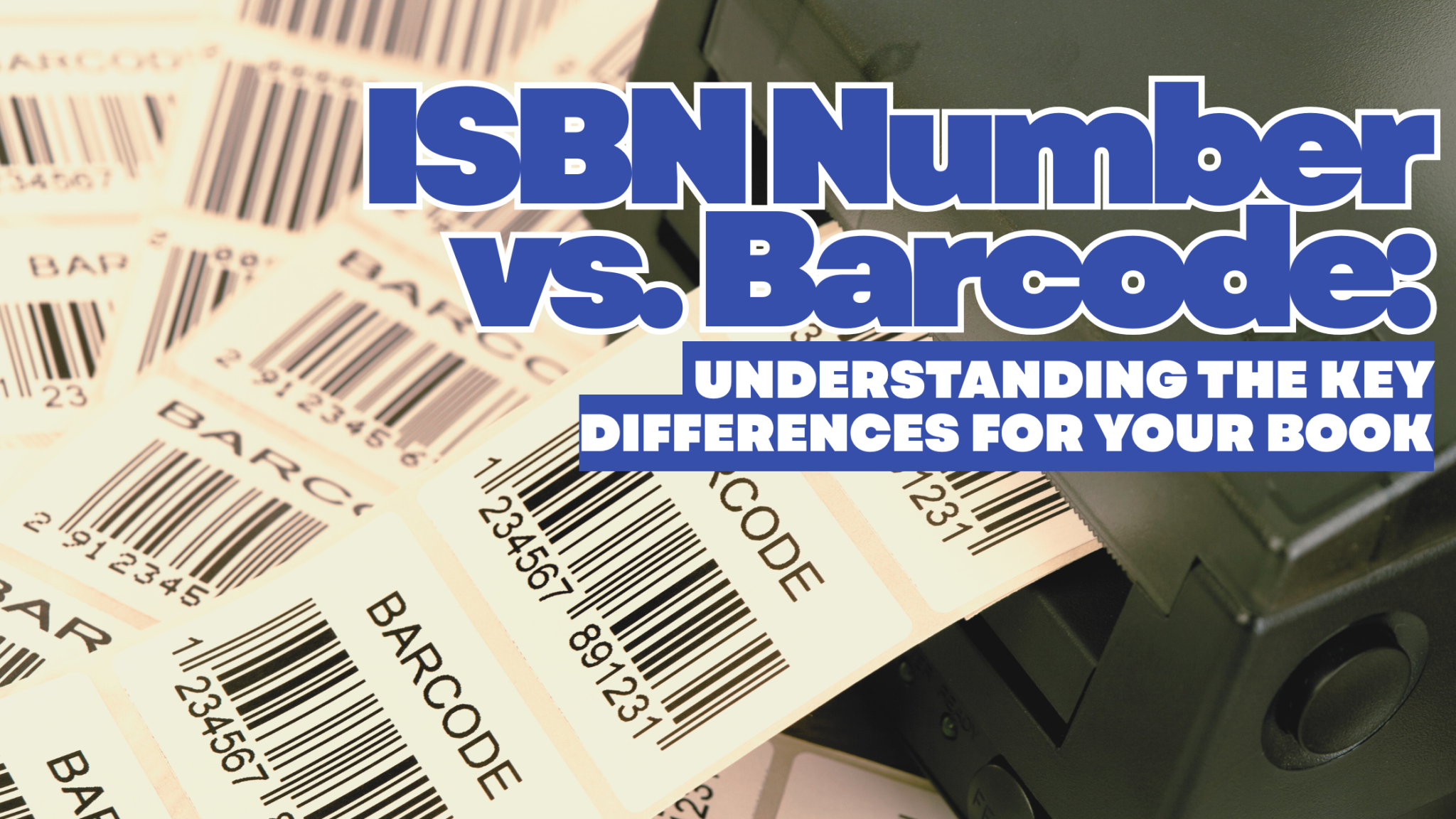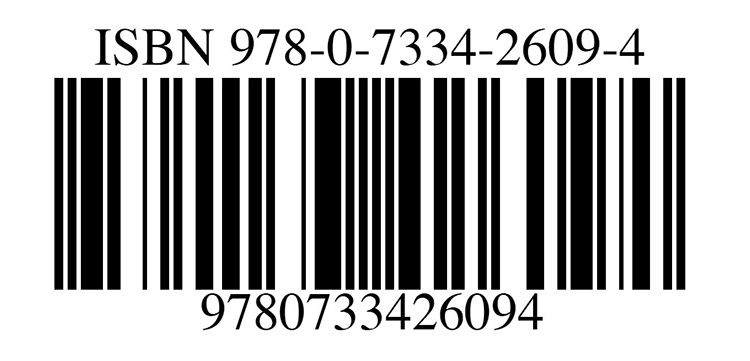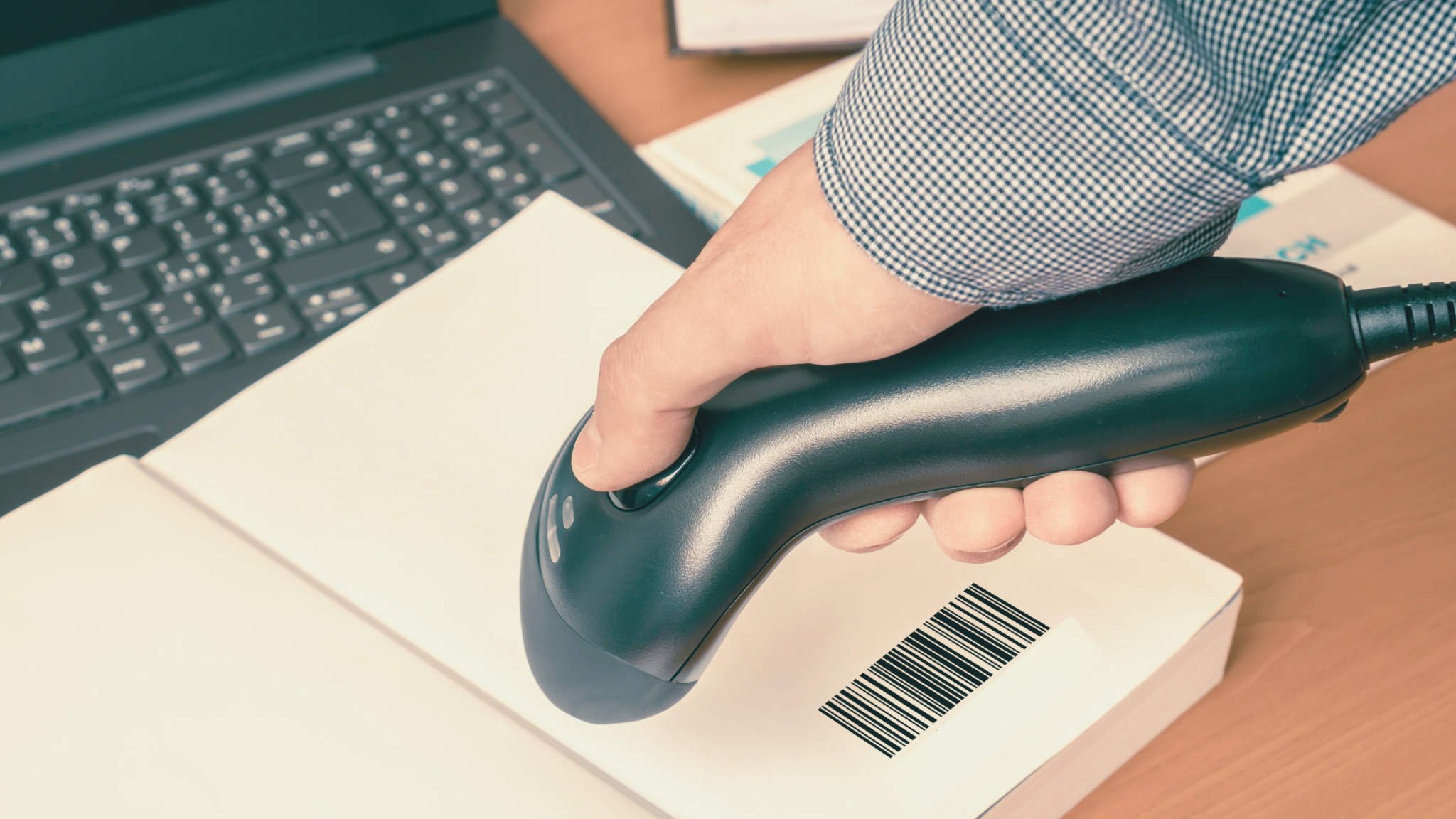
As a new author, the technical side of publishing can feel like a minefield of acronyms and jargon. You’ve just wrapped your head around the ISBN Number, and now you’re hearing you also need a barcode. Are they the same thing? Do you need to buy both? If not, how do you get one?
It’s a point of confusion for almost every self-publisher, but the answer is surprisingly simple.
Let’s clear this up for good. The easiest way to think about it is this: The ISBN is the information, and the barcode is the machine-readable format of that information.
You cannot have a proper book barcode without first having an ISBN Number. They are two halves of the same coin, but they serve different, though deeply connected, purposes.

An ISBN Number (International Standard Book Number) is a 13-digit code that serves as your book’s unique identifier throughout the entire global supply chain. It’s like your book’s Social Security Number or its DNA.
When you assign an ISBN Number to your book, you are registering its specific metadata, its “fingerprint”, in a global database. This metadata includes:
This number allows any bookstore, library, or distributor worldwide to look up your exact book. That’s its primary job: identification and cataloging.
A single book title will have multiple ISBNs. The paperback has one. The hardcover has a different one. The audiobook has a third. The ebook has a fourth. Each one is a unique product, so each one gets a unique ISBN Number.

An isbn barcode is the set of black and white vertical lines you see printed on the back cover of almost every physical product in the world.
For books, this graphic is a scannable version of two key pieces of information:
The barcode’s job is not to identify the book in a database; that’s the ISBN’s job. The barcode’s job is purely for retail and inventory. It’s what the cashier at Barnes & Noble scans to ring up your book and what the warehouse worker scans to manage stock.
When that isbn barcode is scanned, the retailer’s computer system says, “Ah, this is ISBN 978-1-23456-789-0. In my system, that number is ‘My Amazing Book,’ and it costs $19.99.”
Here is the simplest breakdown of the differences:
|
Feature |
ISBN Number |
ISBN Barcode |
| What is it? | A 13-digit number. | A scannable graphic image. |
| Primary Use? | Identification. Cataloging in global databases. | Retail. Point-of-sale scanning and inventory. |
| Who uses it? | Publishers, libraries, distributors, and booksellers. | Retailers (bookstores, Amazon warehouses, etc.) |
| Where is it? | Listed on the copyright page inside the book. | Printed on the back cover outside the book. |
| Do you need it? | YES, for any book you plan to sell or distribute. | YES, for any print book you plan to sell in stores. |
| How do you get it? | You must buy it from your country’s official agency (like ISBN Services). | It is generated (often for free) from your ISBN. |
This is the most important takeaway for authors: You do not need to buy a barcode. You buy the ISBN Number. You generate the isbn barcode.
Once you have purchased your 13-digit ISBN from an agency like ISBN Services, getting the barcode is almost always a free and simple last step. Here are the most common ways to get one:
The Golden Rule: You must have the ISBN Number first. The barcode is the final step that turns that number into a scannable image.
This is where the distinction becomes extra clear. Your ebook (Kindle, Kobo, Apple Books) still needs an ISBN Number if you plan to sell it widely on multiple platforms. It is a unique product format and needs a unique identifier for distributors and online libraries.
However, your ebook does not need an isbn barcode. Why? Because there is no physical product to scan. You can’t take your Kindle to a checkout counter. The entire transaction happens online, where the ISBN Number itself is all that’s needed to identify the product.
Don’t let the publishing jargon intimidate you. The simplest way to remember the difference is that the ISBN Number is the 13-digit “fingerprint” of your book, an identifier you must buy and own for cataloging. The ISBN barcode, on the other hand, is just the scannable image of that number, which you generate (often for free) so retailers can scan it at the checkout. Your primary focus and budget should be on securing your own ISBN Number; once you have it, creating the barcode is just the easy, final step to get your print book ready for sale.
A: No. You only need to buy the ISBN Number from your country’s official agency (like ISBn Services in the US). The ISBN barcode is an image you generate from that number, and this is almost always free. You should never pay a separate fee just for a barcode.
A: No. An ISBN barcode is only for physical, scannable products. Since an ebook is a digital file and there’s no physical checkout counter, it does not need a barcode. It only needs the ISBN Number for listing and distribution on platforms other than Amazon.
A: No, this is not possible for a book. The barcode’s entire purpose is to be a machine-readable version of your book’s ISBN Number. Without the ISBN, there is no data to put into the barcode.
A: You have three easy, free options:
